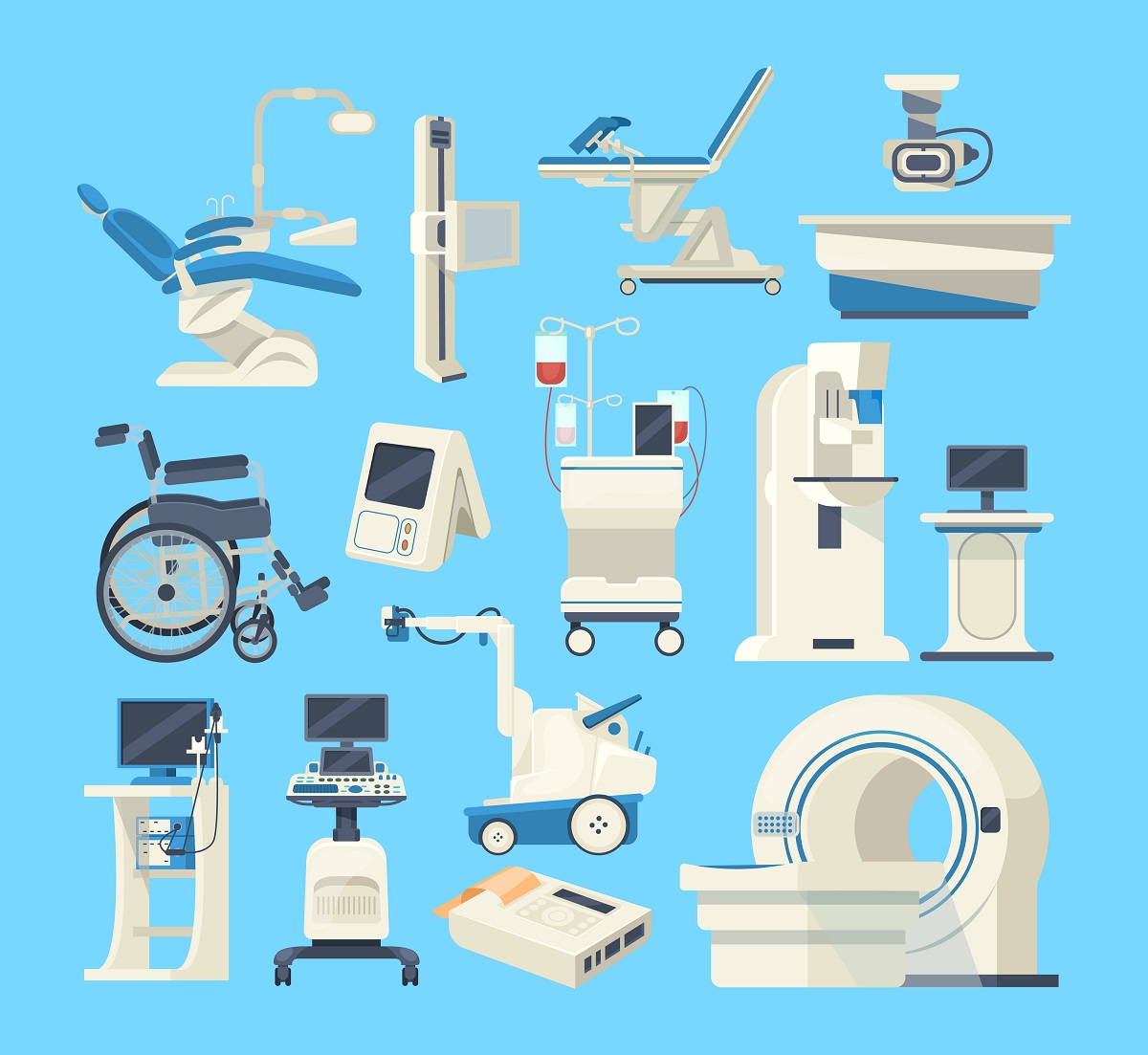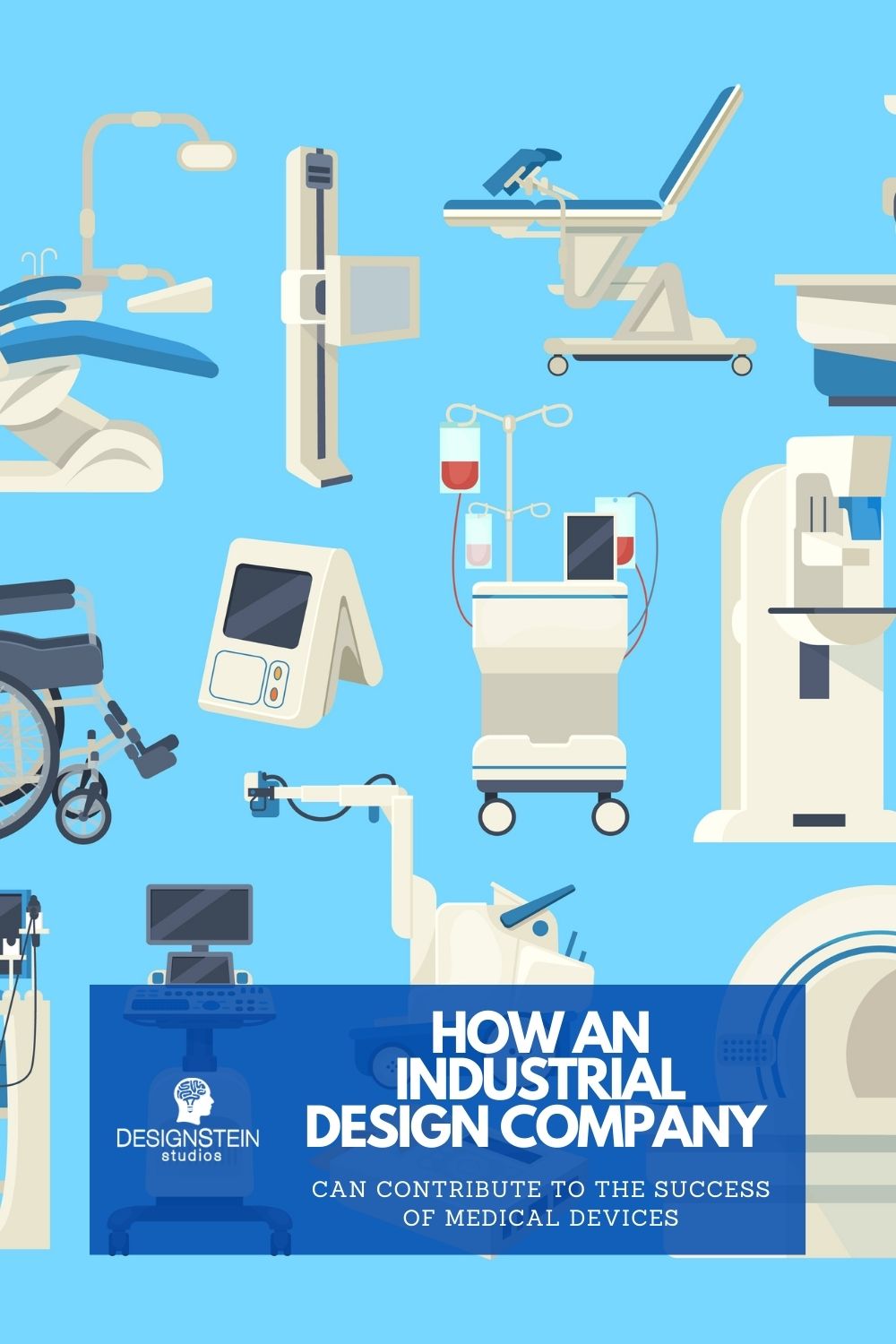In the wake of global uncertainty and economic decline, businesses are feeling the pressure to develop the very best products for a shifting market. Outsourcing design to professionals like Designstein Studios, an industrial design company, has become common practice. Consumers are more discerning than ever, always ensuring that their money is being spent on quality products with a purpose. In addition to designing consumer products, industrial designers have entered into the current social climate through the design of medical devices.
In order to successfully design and develop medical devices, there must be an in-depth understanding of user needs and healthcare guidelines. When it comes to engineering and manufacturing the product, medical devices require a greater level of accuracy. Companies turn to industrial design services when they want to expedite the process of development. External design teams are skilled in collaborative work and understand how to tackle deadlines without sacrificing the quality of the design. Often, when utilizing internal resources, companies struggle to keep a project on track. It can be valuable, instead, to use in-house experts to represent the needs of the business when working with industrial design companies in California. They may serve as a point of contact from the earliest brainstorming process to the later stages of development.
Design work for the medical field requires a great deal of research, strategy, and evaluation. An industrial design company can help gather and synthesize the information on current technology and opportunities for improvement. For commercial devices, it is imperative that the design is optimized for mass production and distribution. In other words, the design team must consider access to raw materials and manufacturability. By hiring external designers, a company can shift over some of these responsibilities.
One difference between creating medical devices and consumer products is that there is a greater significance to errors with the first. In the medical field, malfunctioning or complicated machines can be life-threatening. At the very least, they can prolong treatments and tests, which can exacerbate other health problems. Medical-related design work must be cautious, precise, and resilient. Any failure to meet regulatory requirements will result in a loss of time and money. So, approval-ready designs must undergo a great deal of testing and evaluation.
Another way that medical devices are distinctly separate from consumer products is that they must be built to last. Consumer products, like cell phones or laptops, might be improved over the course of a few different models every year. In the medical field, that would be a waste of healthcare money. Medical devices should be optimized for long-term use and safety so that healthcare facilities can invest in one machine. Instead of replacing this device every year, healthcare workers can simply maintain it with updated parts and system upgrades.
In the medical field, design work does not always have to tackle the most innovative technology to date. In many cases, companies are simply looking to improve old products with increased functionality, user-friendliness, and ergonomic shapes. However, the redesign must not lose the initial purpose of the machine or product and it must still follow healthcare compliance. External design teams can work with your company’s engineering team to ensure that designs are clean-cut and feasible. Whether you’re revitalizing x-ray machines with better technology or redesigning the surgeon’s mask, there is a great importance attached to everything in the healthcare industry. Ultimately, design for the medical field is attached to human preservation and resilience.


